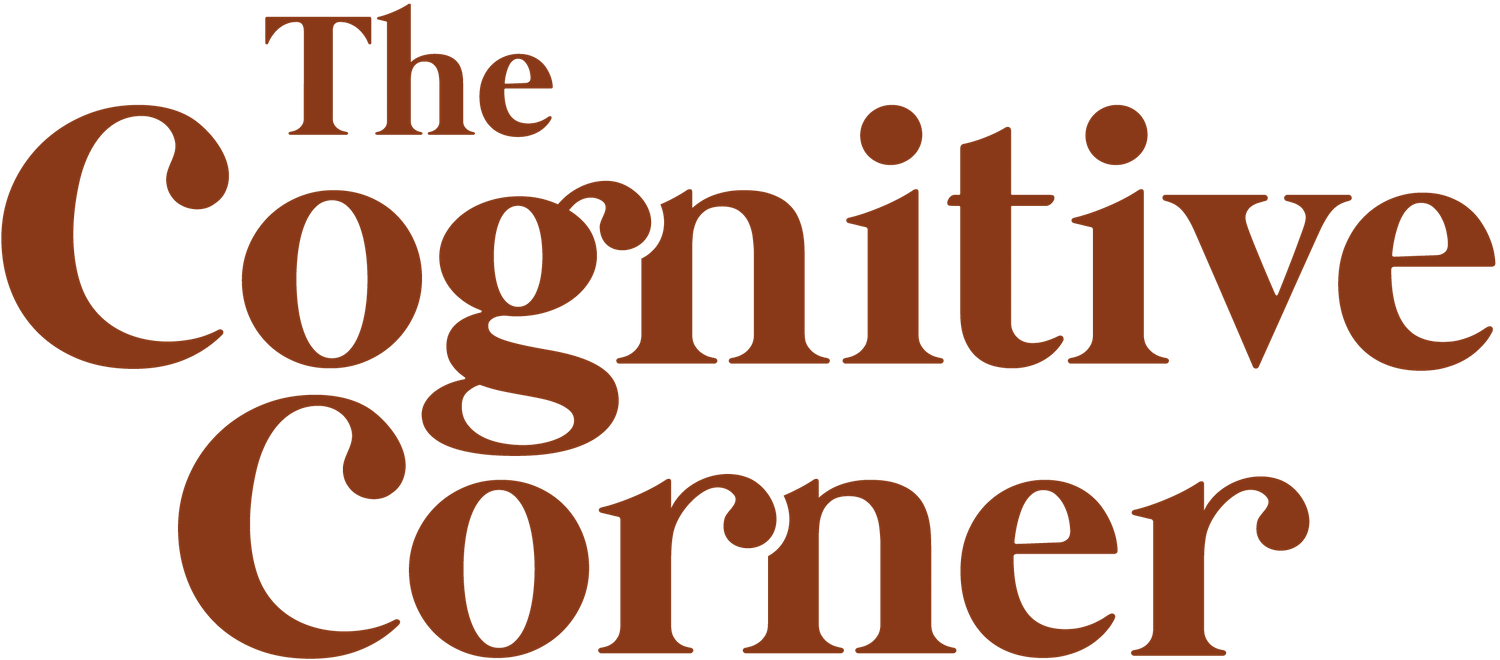Understanding PTSD: Your Introductory Guide to Diagnosis, Treatment, and Finding Support in Alberta
Introduction - What is PTSD?
You have probably heard of PTSD but may wonder exactly what it is. Post-traumatic stress disorder, more widely known as PTSD, affects those who have experienced a traumatic event that is shocking, dangerous, and/or scary. Typically, PTSD is diagnosed when someone continues to experience symptoms after the event, such as nightmares, fear, anger, etc.
In Canada alone, approximately 5% of the adult population is diagnosed with PTSD. That said, there are a lot of treatments created to support those individuals. Keep reading to better understand what PTSD can look like, the treatments, and more!
The Signs, Symptoms, and Diagnosis:
PTSD affects people differently and can present differently based on that. These symptoms can range from mild, to moderate, to severe. Common signs and symptoms can look like:
Recurring and disturbing nightmares
Avoiding experiences and activities that remind you of the traumatic event
Avoiding family and friends
Having trouble with sleep or falling asleep
High levels of fear
Feelings of dizziness, heart racing, or shortness of breath
Constant worry and inability to focus
Increased levels of anger
What Treatment Can Look Like:
There are many different forms of treatment that cater to PTSD and can help you process and move forward from the trauma. Here are a few common and helpful techniques:
Cognitive Processing Therapy (CPT): challenges unhelpful beliefs and helps to form a new understanding around the trauma experienced. It also works to reduce ongoing negative effects associated with trauma.
Eye Movement Desensitization and Reprocessing (EMDR): places focus on a traumatic memory while experiencing eye movements at the same time. Aims to reduce vividness and the negative emotions associated with the memory. Want to learn more on EMDR? Check out our blog post “EMDR - Changing Your Trauma”.
Other Therapies: other treatments include, but are not limited to, cognitive-behavioural Therapy (CBT), prolonged exposure, and narrative exposure therapy (NET).
Medications: SSRI’s such as sertraline (Zoloft) and paroxetine (Paxil) are typically used to treat PTSD.
Check out our Social Media Channels to Watch a video-series about EMDR phases:
Finding The Right Therapist for PTSD (Alberta):
You want to ensure that the therapist you work with has experience with trauma and PTSD, is trauma-informed, and has training that aligns with what you want to work on. Here are some tips for finding the right therapist for you:
Directories: Using sites like Psychology Today, Therapy Tribe, Therapy Route, etc. allows you to narrow down your search field specifically to practitioners in your area, your price range, and based on your needs. They can be a great tool in finding support!
Free Consultations: Setting up free consultations with practitioners is a great way to see if you and a therapist are a good fit. Also, it lets you ensure the therapist has training in the areas you want to work on.
Training: It is important to look for therapists who are trauma-informed and have experience working with clients dealing with PTSD and trauma. Training in modalities such as CPT or EMDR are good examples.
How to Help Those Living with PTSD?
If you know someone close to you experiencing any signs or symptoms, one of the best things you can do is offer them support and help them get the necessary diagnosis and treatment. You can be there to have open conversations with and assist with their treatment plans. PTSD varies depending on the individual, however, some recommended ways to offer support include:
Providing emotional support and encouragement
Learning more about PTSD so you better understand what the individual is experiencing
Actively listening to the individual
Monitoring the individual’s feelings and any situations that could be triggers for them
Providing some distractions through activities such as walking, playing sports, board games, etc.
Conclusion:
While PTSD can be a scary diagnosis, there is a lot of research that continues to develop in this area, and with that, lots of treatments have been shown to be successful. Having a proper diagnosis and treatment plan is very important.
Therapy is a useful tool and can help you work through the traumatic experience so you can live a happier and healthier life. Ensuring your therapist has adequate training in this area will also ensure that you are getting the necessary help.
Thinking therapy could be a good option? Through many different modalities, all our TCC therapists have experience with Trauma and PTSD, including our EMDR-trained therapist, Sydney.
Resources:
American Psychological Association. (2020, June). Treatments for PTSD. American Psychological Association. https://www.apa.org/ptsd-guideline/treatments
U.S. Department of Health and Human Services. (n.d.). Post-traumatic stress disorder. National Institute of Mental Health. https://www.nimh.nih.gov/health/topics/post-traumatic-stress-disorder-ptsd#:~:text=Post%2Dtraumatic%20stress%20disorder%20(PTSD)%20is%20a%20disorder%20that,or%20respond%20to%20potential%20danger.
Public Health Agency of Canada (2024, April 3). Posttraumatic stress disorder (PTSD). Canada.ca. https://www.canada.ca/en/public-health/topics/mental-health-wellness/post-traumatic-stress-disorder.html
Posttraumatic Stress Disorder PTSD. CAMH. (n.d.). https://www.camh.ca/en/health-info/mental-illness-and-addiction-index/posttraumatic-stress-disorder


